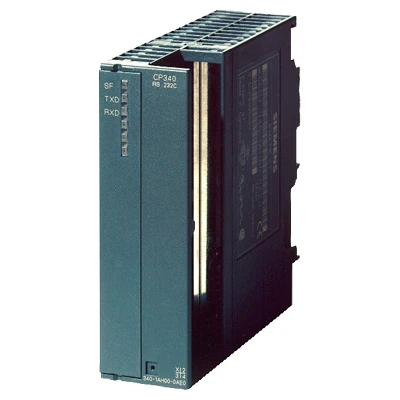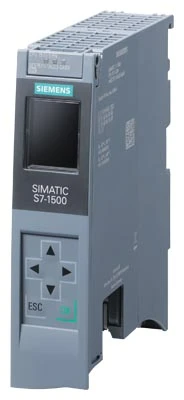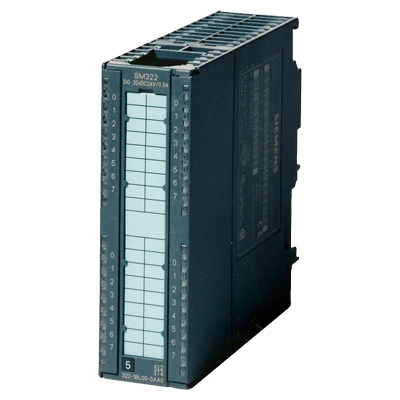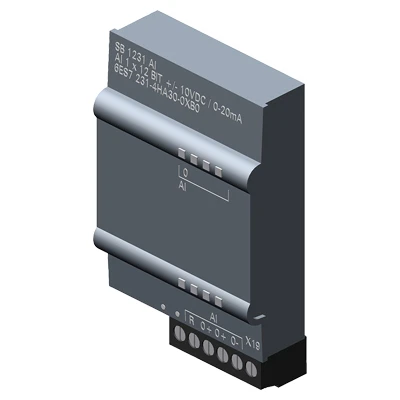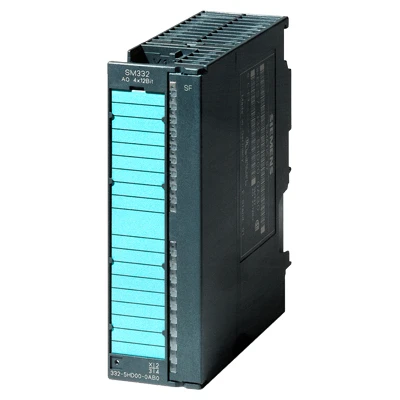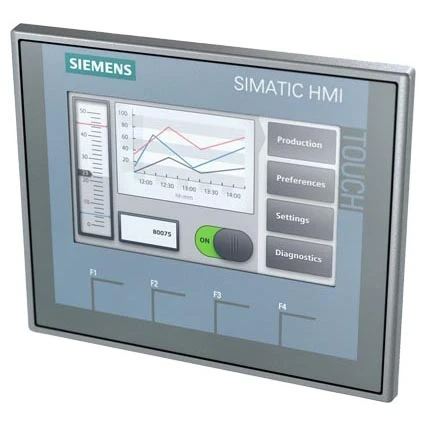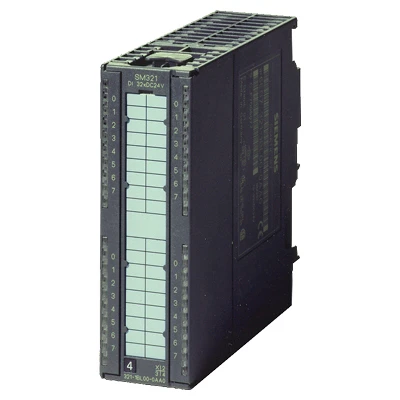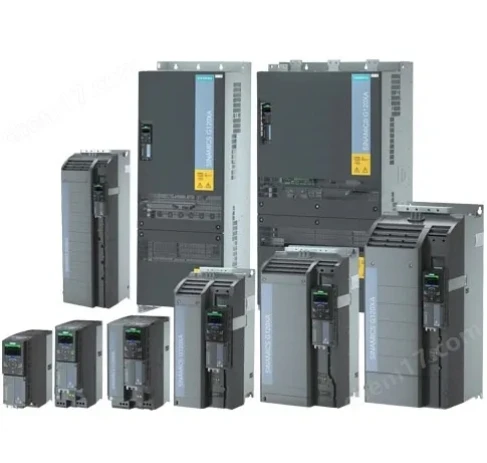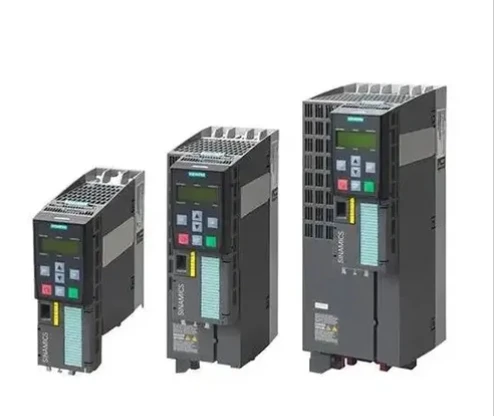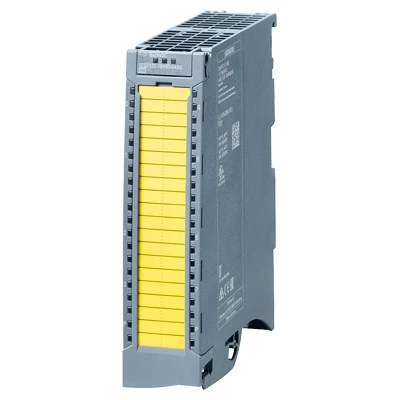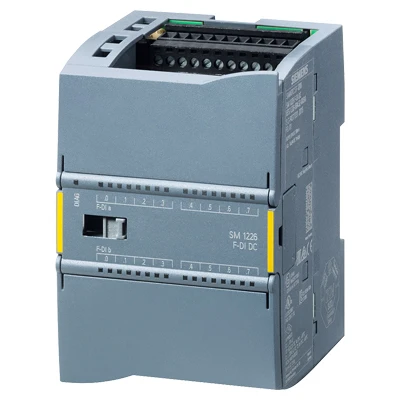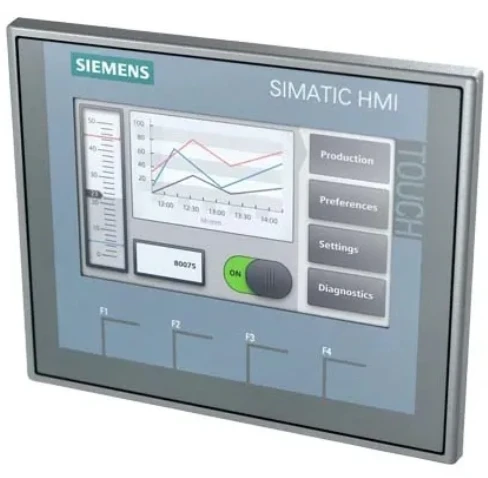Leading VFD Manufacturers: High-Performance Industrial Drives
Navigating the Landscape of VFD Manufacturing and Supply
In today's rapidly evolving industrial landscape, the demand for efficient and reliable motor control solutions is paramount. Variable Frequency Drives (VFDs), also known as Adjustable Frequency Drives (AFDs) or inverters, play a pivotal role in optimizing energy consumption and enhancing operational precision across numerous sectors. The global market for VFD technology is experiencing robust growth, driven by increasing industrial automation, stringent energy efficiency regulations, and the rising adoption of IoT-enabled systems. As industries strive for greater sustainability and cost-effectiveness, the role of VFD manufacturers and suppliers becomes increasingly critical in providing advanced, tailored solutions. This comprehensive overview delves into the core aspects of VFD technology, from manufacturing processes to real-world applications, offering insights essential for B2B decision-makers and highlighting the crucial role of expert vfd manufacturers.
The Advanced Manufacturing Process of VFDs
The production of high-performance VFDs by leading vfd manufacturers is a multi-stage, precision-intensive process that adheres to rigorous quality and performance standards. It begins with the selection of premium-grade raw materials, including advanced semiconductors (IGBTs), robust capacitors, high-purity copper for windings, and specialized aluminum alloys for enclosures, ensuring thermal management and structural integrity.
The manufacturing journey typically involves several critical stages. First, the power modules often undergo intricate semiconductor fabrication, followed by highly precise CNC machining for heat sinks and enclosures to ensure optimal thermal dissipation and IP rating compliance. Winding processes for inductors and transformers are meticulously controlled to minimize losses. The assembly phase involves automated pick-and-place for surface-mount components on PCBs, followed by integration of power components. Thorough testing at each stage, including functional tests, burn-in tests, and environmental stress screening, is crucial. Final inspection checks for compliance with international standards such as ISO 9001 for quality management and ANSI/UL standards for safety. A typical VFD is designed for a service life of 10-15 years, depending on operational environment and maintenance, providing long-term reliability in demanding industrial settings.
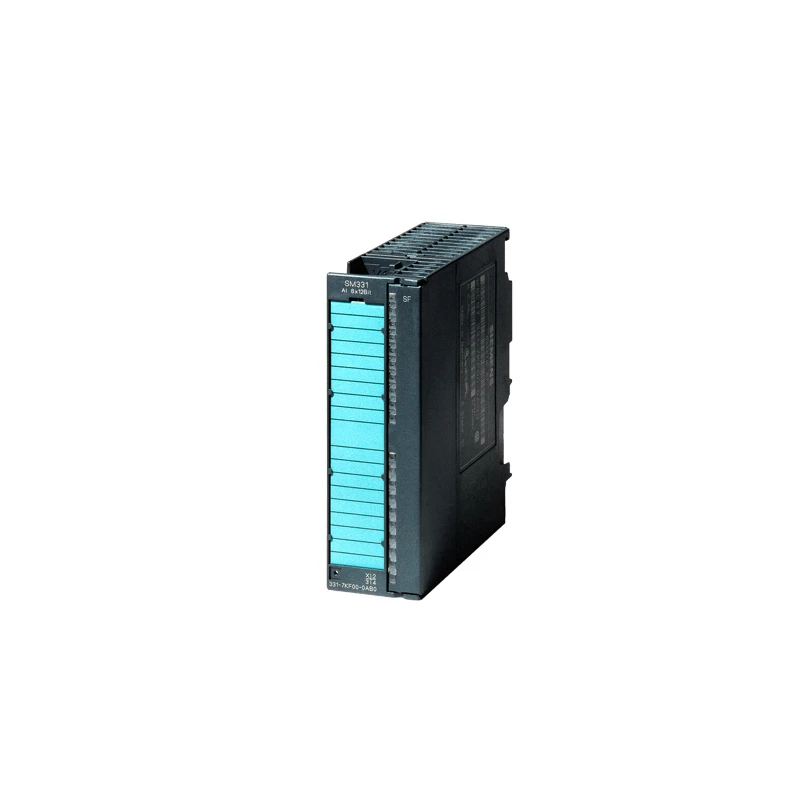
Figure 1: Advanced assembly lines used by leading vfd manufacturers.
These meticulous processes ensure VFDs deliver exceptional performance in diverse applicable industries, including petrochemical (for pump and compressor control), metallurgy (for rolling mills and cranes), and water/wastewater treatment (for precise flow control in pumping stations). In such scenarios, VFDs significantly enhance energy efficiency, often leading to 20-50% energy savings, and provide superior process control, extending equipment lifespan by reducing mechanical stress and wear, and offering robust protection against common industrial issues like voltage fluctuations and motor overload.
Key Technical Parameters and Market Trends
Understanding the technical specifications is crucial when selecting a VFD. Leading vfd suppliers offer a wide range of products tailored for specific applications. Key parameters include power rating (kW/HP), input/output voltage, control method (V/Hz, vector control, direct torque control), enclosure IP rating, harmonic distortion levels, and communication protocols (Modbus, Profibus, Ethernet/IP).
| Parameter/Feature | Description | Typical Range/Value |
|---|---|---|
| Power Range | Covers various motor sizes | 0.37 kW to 1.5 MW+ |
| Input Voltage | Compatibility with grid supply | 200-240V, 380-480V, 500-690V |
| Control Method | Precision of motor speed/torque | V/Hz (Scalar), Sensorless Vector, Closed-Loop Vector |
| Harmonic Distortion (THDi) | Impact on power quality | Typically |
| Enclosure IP Rating | Protection against dust/water ingress | IP20 (open), IP54 (dust/splash), IP66 (washdown) |
| Communication | Integration with control systems | Modbus RTU, Profibus DP, PROFINET, EtherNet/IP, CANopen |
| Overload Capacity | Ability to handle peak loads | 150% for 60s, 180% for 3s |
Current industry trends highlight a shift towards smarter, more compact, and highly integrated VFD solutions. The adoption of advanced connectivity features, predictive maintenance capabilities, and enhanced cybersecurity measures are defining the next generation of drives. Additionally, there's a growing emphasis on modular designs, allowing for easier scalability and maintenance. The market also sees increasing demand for specialized VFDs for specific applications, such as those designed for marine, HVAC, or solar pumping systems, underscoring the need for adaptable and innovative vfd drive manufacturers.
Real-World Applications and Advantages
VFDs are indispensable in a multitude of industrial scenarios, offering significant operational benefits. In the water treatment sector, for instance, VFDs precisely control pump speeds to match variable demand, reducing energy consumption and preventing water hammer. For conveyor systems in manufacturing, VFDs provide smooth acceleration and deceleration, minimizing mechanical wear and product damage.
Consider a large-scale petrochemical plant requiring precise flow and pressure control for critical pumping operations. Without VFDs, throttling valves would be used, leading to substantial energy waste and increased wear on pumps. With a VFD, the pump speed is adjusted to meet the exact flow requirement, resulting in significant energy savings and extended pump life. Our product, the Controller S7-300 AI, is designed to seamlessly integrate with such VFD systems, providing robust analog input capabilities for monitoring critical process variables like pressure, temperature, and flow, which are then used to inform the VFD's speed control. This integration exemplifies how modern control systems and VFDs work in tandem to achieve optimal operational efficiency and reliability.
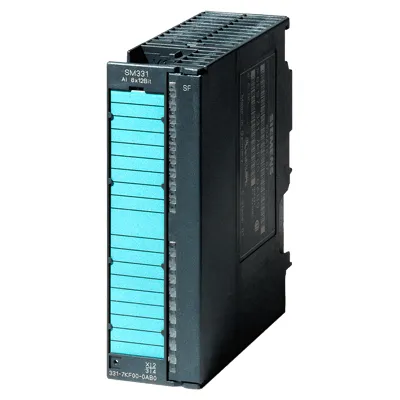
Figure 2: The Controller S7-300 AI, enhancing precision in VFD-controlled systems.
The core technical advantages of VFDs include their ability to provide soft starting, reducing inrush current and mechanical shock; precise speed control, allowing for process optimization; energy savings, particularly in variable torque applications; and enhanced protection for motors and mechanical equipment. Their adaptive capabilities make them a superior choice compared to traditional fixed-speed motor controls. Our commitment as vfd manufacturers is to deliver solutions that not only meet these advantages but also surpass them through continuous innovation.
Choosing the Right VFD Manufacturer: A Comparative Insight
Selecting the ideal vfd manufacturer or supplier involves more than just comparing price tags. It requires a holistic assessment of product quality, technical support, customization capabilities, and after-sales service. Reputable manufacturers often distinguish themselves through rigorous R&D, adherence to global manufacturing standards (e.g., IEC, NEMA), and a proven track record of successful installations.
| Factor | Key Consideration | Impact on Decision |
|---|---|---|
| Product Portfolio | Range of VFD types, power ratings, and features | Ensures solutions fit diverse application needs. |
| Technical Support & Expertise | Availability of engineering support, documentation, training. | Crucial for smooth integration and troubleshooting. |
| Certifications & Standards | ISO 9001, CE, UL, RoHS compliance. | Guarantees quality, safety, and environmental compliance. |
| Customization Capabilities | Ability to tailor solutions for unique requirements. | Important for specialized industrial processes. |
| After-Sales Service & Warranty | Spare parts availability, repair services, warranty period (typically 1-2 years). | Ensures operational continuity and long-term value. |
Many vfd drive manufacturers also offer comprehensive service packages, including installation assistance, commissioning, and preventive maintenance. An exemplary case study involves a major automotive manufacturer that partnered with a leading VFD provider to upgrade their painting line's ventilation system. By implementing custom-designed VFDs, the facility achieved a 35% reduction in energy consumption and significantly improved air quality control, leading to superior paint finish and reduced operational costs. This highlights the value of partnering with manufacturers who can provide not just products, but integrated, customized solutions.
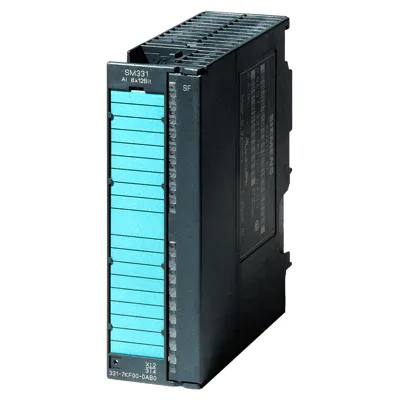
Figure 3: A high-performance VFD designed for robust industrial applications.
Trust and Support: Our Commitment
Building trust with B2B clients involves transparency, reliable service, and a commitment to long-term partnerships. As dedicated vfd suppliers, we pride ourselves on a robust support framework. Our quality assurance processes are certified under ISO 9001:2015, ensuring every product, including the Controller S7-300 AI, meets the highest international standards for design, manufacturing, and testing. We have served the industrial automation sector for over two decades, accumulating extensive experience in diverse application environments and earning the confidence of numerous global enterprises.
Our standard delivery cycle for stock items is typically 3-5 business days, with custom orders fulfilled within agreed-upon lead times depending on complexity. All our VFDs and related control components come with a standard 12-month warranty against manufacturing defects, underscoring our confidence in product durability. Beyond sales, our dedicated technical support team is available to assist with installation, commissioning, and ongoing maintenance, ensuring seamless operation and maximum uptime for your critical systems. We are committed to providing comprehensive solutions and unparalleled customer service throughout the product lifecycle.
Frequently Asked Questions (FAQ)
Q: What is the primary benefit of using a VFD in industrial applications?
A: The primary benefit is significant energy savings, especially in variable torque applications like pumps and fans, along with improved process control, reduced mechanical stress on equipment, and lower maintenance costs. VFDs allow precise speed and torque control of AC motors, optimizing performance to meet exact operational requirements.
Q: How do VFDs contribute to motor longevity?
A: VFDs provide soft starting and stopping, which eliminates the high inrush currents and mechanical shock associated with direct-on-line (DOL) motor starts. This reduces wear and tear on motor windings, bearings, and connected mechanical components (gears, belts, pumps), significantly extending the operational lifespan of the equipment.
Q: Are your VFDs compliant with international standards?
A: Yes, as leading vfd drive manufacturers, our products adhere to stringent international standards, including ISO 9001 for quality management, and are designed to meet relevant CE, UL, and RoHS directives, ensuring global applicability and safety.
Q: What kind of after-sales support do you offer?
A: We offer comprehensive after-sales support including a standard 12-month warranty, readily available spare parts, remote and on-site technical assistance, and training programs to ensure your team is proficient in operating and maintaining our VFD systems.
References
- International Electrotechnical Commission (IEC). (2021). IEC 61800-3: Adjustable speed electrical power drive systems - Part 3: EMC requirements and specific test methods.
- U.S. Department of Energy (DOE). (2020). Variable Speed Drives: Technologies, Applications, and Benefits.
- IEEE Industry Applications Society. (2022). Transactions on Industry Applications.

